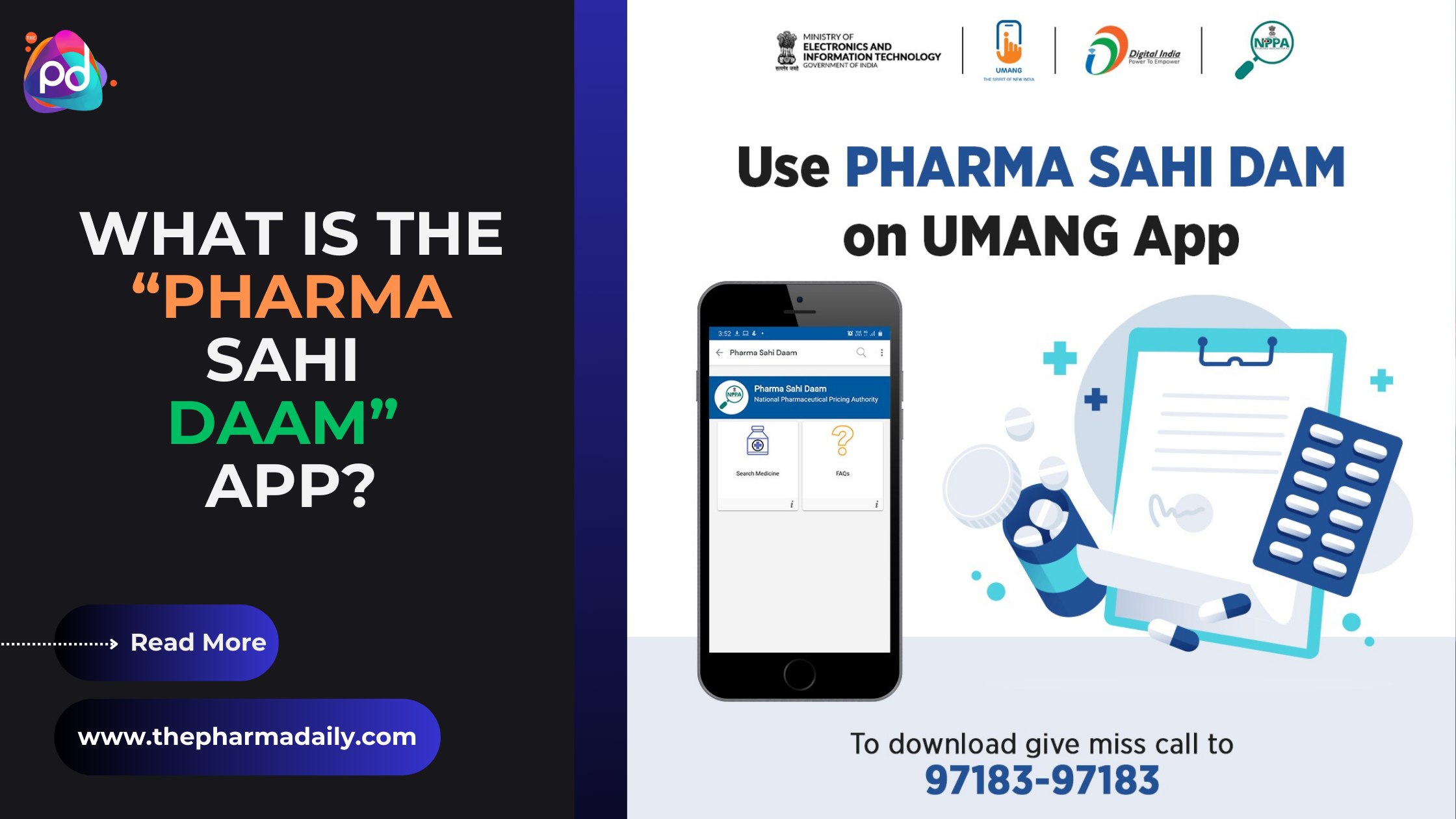Pharma Sahi Daam App: Revolutionizing Medicine Price Transparency in India
Maximizing Safety:
Impact of Artificial Intelligence and Machine Learning in Pharmacovigilance
Introduction:
In the realm of healthcare, pharmacovigilance stands as a sentinel for patient safety, constantly monitoring and assessing the risks associated with pharmaceutical products. However, traditional methods of pharmacovigilance often face challenges such as underreporting and data overload. The advent of artificial intelligence (AI) and machine learning (ML) presents a transformative solution to these issues, promising to revolutionize the field and enhance the detection and management of adverse drug reactions (ADRs).
Unlocking the Potential of AI and ML in Pharmacovigilance
In the rapidly evolving landscape of healthcare, advancements in technology have played a pivotal role in transforming various aspects of the industry. One such area that has witnessed significant progress is pharmacovigilance, the science and activities relating to the detection, assessment, understanding, and prevention of adverse effects or any other drug-related problem. With the emergence of artificial intelligence (AI) and machine learning (ML), pharmacovigilance is experiencing a paradigm shift, revolutionizing the way adverse drug reactions (ADRs) are monitored, analyzed, and managed.
Understanding Pharmacovigilance
Before delving into the integration of AI and ML in pharmacovigilance, it's crucial to grasp the importance of this discipline. Pharmacovigilance serves as a cornerstone in ensuring the safety and efficacy of pharmaceutical products post-market approval. It involves the systematic collection, analysis, and interpretation of data to identify and evaluate potential risks associated with medications. By monitoring adverse events reported by healthcare professionals and patients, regulatory authorities can take proactive measures to mitigate risks and safeguard public health.
Challenges in Traditional Pharmacovigilance
Despite its significance, traditional pharmacovigilance approaches face several challenges that limit their effectiveness. Manual reporting systems often result in underreporting of ADRs, leading to incomplete data and delayed detection of safety concerns. Moreover, the sheer volume of information generated from diverse sources makes it challenging for human reviewers to analyze data comprehensively and identify emerging patterns or trends. These limitations underscore the need for innovative solutions to enhance pharmacovigilance practices and ensure timely detection of safety signals.
The Role of AI and ML
AI and ML technologies offer a promising solution to address the shortcomings of traditional pharmacovigilance methods. By leveraging advanced algorithms and computational capabilities, AI systems can automate the analysis of vast amounts of structured and unstructured data, including electronic health records, social media posts, scientific literature, and adverse event reports. This enables real-time monitoring of drug safety signals and early detection of potential risks, empowering regulators and pharmaceutical companies to take proactive measures to protect patient safety.
Applications of AI and ML in Pharmacovigilance
The integration of AI and ML in pharmacovigilance encompasses a wide range of applications aimed at improving the efficiency and effectiveness of adverse event monitoring and analysis. Some key applications include:
-
Automated Signal Detection: AI algorithms can identify potential safety signals by analyzing patterns in adverse event data, enabling rapid detection of emerging risks associated with specific drugs or therapeutic classes.
-
Natural Language Processing (NLP): NLP techniques enable the extraction of valuable insights from unstructured text data, such as medical records, social media posts, and scientific literature. By analyzing patient narratives and sentiment analysis, NLP helps identify previously unrecognized ADRs and assess their severity.
-
Predictive Analytics: ML models can forecast the likelihood of adverse events based on patient characteristics, drug attributes, and other relevant factors. Predictive analytics empower healthcare providers to proactively manage patient safety and tailor treatment strategies to minimize risks.
-
Drug Repurposing: AI-driven approaches facilitate the identification of existing drugs with the potential to treat new indications or conditions. By analyzing drug databases and molecular pathways, ML algorithms can identify promising candidates for repurposing, accelerating the drug discovery process and reducing development costs.
-
Risk Stratification: ML algorithms can categorize patients into different risk groups based on their demographic characteristics, medical history, and genetic predispositions. This enables personalized risk assessment and facilitates targeted interventions to prevent adverse events in high-risk populations.
Challenges and Future Directions
While AI and ML hold immense promise for advancing pharmacovigilance practices, several challenges must be addressed to realize their full potential. These include ensuring data quality and integrity, addressing regulatory and ethical considerations, and enhancing transparency and interpretability of AI-driven algorithms. Moreover, ongoing collaboration between stakeholders, including regulatory agencies, healthcare providers, pharmaceutical companies, and technology developers, is essential to promote innovation and foster trust in AI-powered pharmacovigilance solutions.
Conclusion:
In conclusion, the integration of AI and ML in pharmacovigilance holds immense promise for improving patient safety and regulatory decision-making. By automating data analysis, detecting safety signals in real-time, and enabling personalized risk assessment, AI and ML technologies have the potential to revolutionize the field of pharmacovigilance. However, to fully realize these benefits, it is essential to address challenges such as data quality, regulatory compliance, and ethical considerations. Through collaboration and responsible innovation, stakeholders can harness the power of AI and ML to advance pharmacovigilance practices and safeguard public health in the evolving landscape of healthcare.












